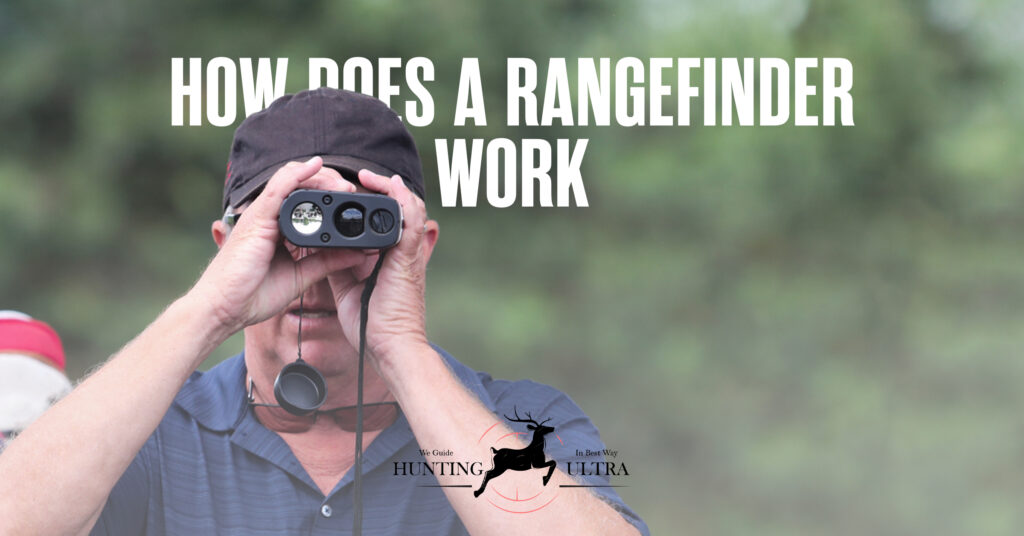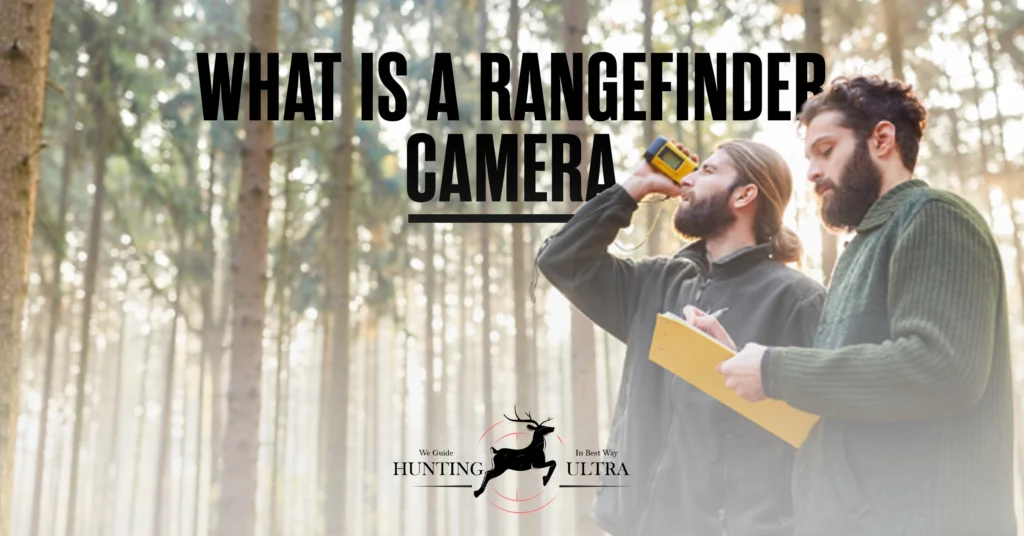Have you ever wondered how those little red dots find their way onto your target? No, it’s not magic; it’s a rangefinder. A rangefinder is an optical device that helps you determine the distance to an object. They’re often used in hunting, golf, and other sports where accuracy is key.
But How Does a Rangefinder Work? In this blog post, we’ll explore how rangefinders work and how they can be used in different applications. We’ll also discuss the different types of rangefinders available on the market today.
What is a rangefinder?
A rangefinder is a tool that helps you determine the distance to an object. There are two main types of rangefinders: laser and optical. Laser rangefinders work by shooting a laser beam at an object and measuring the time it takes for the beam to bounce back. Optical rangefinders, on the other hand, use mirrors to reflect a beam of light onto an object. The distance to the object is then calculated based on the time it takes for the light to return to the rangefinder.
What are some of the different types of rangefinders?
There are many different types of rangefinders on the market, but some of the most popular include laser rangefinders, GPS rangefinders, and optical rangefinders.
Laser Rangefinder
A laser rangefinder uses a laser beam to measure the distance to an object. They are very accurate and can be used in a variety of different applications.
GPS Rangefinder
A GPS rangefinder uses satellite technology to determine the distance to an object. They are very accurate but can be expensive.
Optical Rangefinder
An optical rangefinder uses mirrors to reflect a beam of light off of the object that you want to measure the distance to. They are not as accurate as laser or GPS rangefinders but are much less expensive.
How Does a Rangefinder Work in 2023
A rangefinder is a device that helps you to determine the distance to an object. There are two main types of rangefinders: laser and ultrasonic.
Laser rangefinders work by sending out a laser beam and measuring the time it takes for the beam to bounce back off the object. The distance to the object can then be calculated based on the speed of light and the time taken for the beam to return.
Ultrasonic rangefinders work by sending out sound waves and measuring the time it takes for them to bounce back off the object. The distance to the object can then be calculated based on the speed of sound and the time taken for the waves to return.
You can visit our other blog: What is a Rangefinder?
The benefits of using a rangefinder
A rangefinder is a tool that helps you determine the distance to an object. This can be useful for a variety of purposes, such as hunting, golfing, and even photography. By knowing the distance to your subject, you can better plan your shots and avoid obstacles.
There are many different types of rangefinders on the market, each with its own set of features. However, all rangefinders work by using lasers to measure the distance to an object.
One of the main benefits of using a rangefinder is that it can help you save time. By knowing the exact distance to your target, you can avoid wasting time guessing or estimating the distance. This can be especially helpful when you’re trying to hit a small target at a long range.
Another benefit of using a rangefinder is that it can help improve your accuracy. By having an accurate measurement of the distance to your target, you can make sure that your shot will land where you want it to. This is especially important for hunters who need to make a clean kill shot.
Finally, using a rangefinder can also be helpful for safety reasons. If you’re hiking in unfamiliar territory, for example, being able to accurately measure distances can help you avoid potential hazards.
Overall, there are many benefits to using a rangefinder. If you’re looking for a tool that can save you time and improve your accuracy, then a rangefinder may be right for you.
How to choose the right rangefinder
When it comes to choosing a rangefinder, there are a few things you need to take into account. Here are a few tips on how to choose the right rangefinder for you:
- Determine what you need the rangefinder for. Are you going to be using it for hunting, golf, or other activities?
- Consider the size and weight of the rangefinder. You don’t want something that is too bulky or heavy, as it can be difficult to carry around with you.
- Take into account the features that are important to you. Do you need something that is waterproof? Do you need night vision?
- Compare prices and reviews before making your final decision. You don’t want to end up with a rangefinder that doesn’t meet your needs or expectations.
Conclusion
A rangefinder is a tool that helps you measure the distance between you and an object. By using this information, you can then make adjustments to ensure that your shot is on target. Rangefinders are an essential piece of equipment for anyone who wants to improve their accuracy when shooting.
FAQs
How does a rangefinder work?
A rangefinder works by using two mirrors to reflect a beam of light off of the object that you are trying to measure the distance to. The time it takes for the light to bounce back and forth between the mirrors is measured, and this information is used to calculate the distance to the object.
Why would I want to use a rangefinder?
There are many reasons why you might want to use a rangefinder. If you are a golfer, it can be helpful in order to know how far away the hole is so that you can choose the appropriate club. If you are a hunter, it can be useful for estimating how far away your prey is so that you can take an accurate shot. And if you are a photographer, it can be helpful for planning out your shots and composing your images.
How accurate are rangefinders?
Rangefinders are generally very accurate, although there can be some slight variations depending on the quality of the rangefinder and the conditions under which it is being used. In general, you can expect a rangefinder to be accurate within a few yards.



